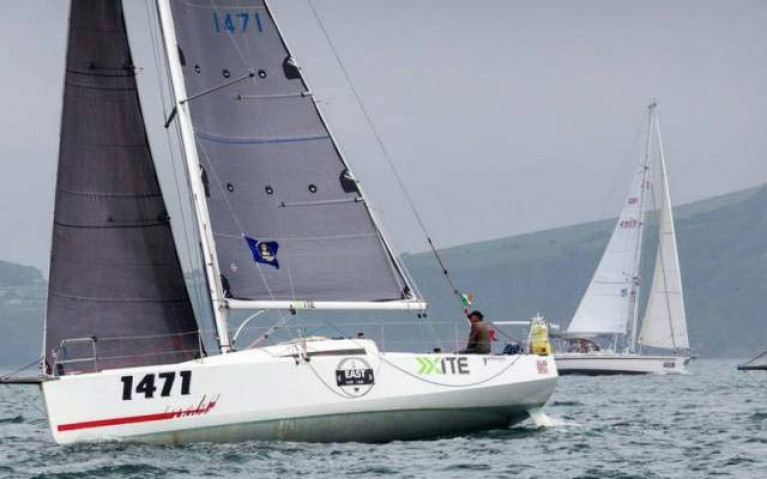Displaying items by tag: Conor fogety
OSTAR & TWOSTAR Races Get New Date in May 2021
The Royal Western Yacht Club of England has announced the rescheduling of its OSTAR TWOSTAR that was postponed in 2020 due to the COVID 19 virus, to a new date of May 9th 2021.
The 2021 race will continue to run between Plymouth England and Newport Rhode Island as before.
Ireland has previous success in the OSTAR Race through the pioneering efforts of Cork Harbour solo sailor Barry Hurley who took a class win in 2009 and more recently with Howth Yacht Club's Conor Fogerty who raced to success in 2017.
A new 2021 Notice of Race, Entry form and World Sailing 2020 - 2021 Offshore Safety Regulations for Cat 1 yachts can all be downloaded from the event website.
Conor Fogerty Makes OSTAR Gains Off The Irish Coast
Conor Fogerty has had a great first 48 hours in his 21–day transatlantic Ostar race. His Jeanneau Sunfast 3600 BAM made a significant play yesterday by heading North to the Irish coast and this has paid off in the short term.
The Open 50 'Vento' was late making this decision and had to turn some sharp corners and consequently lost approx 10 miles to BAM.
The other 3600 'Mister Lucky seems to have adopted a more southerly route and this represents the first large tactical long term split. So, what of the long term? The low out in the Atlantic has moved further North - too far to go over the top of it so this means that there could be significant upwind work which will make it a very tough race. Later today should see winds increase to 20-25 knots, pushing BAM back on to white sails.
























